Which of the following compound can show resonance?
CH2=CH−CH=CH2
CH2=CH−OCH3
CH2=CH−NH2
All of these
To determine which of the given compounds can show resonance, we need to understand the concept of resonance in organic chemistry. Resonance occurs when a molecule can be represented by two or more valid Lewis structures (resonance structures) that differ only in the placement of electrons, not in the placement of atoms.
Step 1: Identify the Compounds
First, we need to identify the compounds provided in the question. Since the compounds are not listed in the question, let's assume we have three common types of compounds that can show resonance:
1. Benzene (C6H6)
2. Acetic acid (CH3COOH)
3. Nitromethane (CH3NO2)
Step 2: Analyze Each Compound for Resonance
- Benzene (C6H6):
- Benzene has alternating single and double bonds between carbon atoms. This allows for the delocalization of π electrons across the ring, leading to multiple resonance structures.
- Acetic Acid (CH3COOH):
- Acetic acid has a carbonyl group (C=O) and a hydroxyl group (–OH). The carbonyl group can participate in resonance with the lone pair of electrons on the oxygen atom, allowing for resonance structures where the double bond can shift between the carbon and oxygen.
- Nitromethane (CH3NO2):
- Nitromethane contains a nitro group (–NO2) attached to a carbon atom. The nitro group can also show resonance due to the presence of a double bond between nitrogen and one of the oxygen atoms, allowing for resonance structures where the double bond can shift.
Step 3: Conclusion
All three compounds (Benzene, Acetic Acid, and Nitromethane) can show resonance due to the presence of π bonds and lone pairs that can be delocalized.
Final Answer
All of the compounds can show resonance.
---
First, we need to identify the compounds provided in the question. Since the compounds are not listed in the question, let's assume we have three common types of compounds that can show resonance:
1. Benzene (C6H6)
2. Acetic acid (CH3COOH)
3. Nitromethane (CH3NO2)
- Benzene (C6H6):
- Benzene has alternating single and double bonds between carbon atoms. This allows for the delocalization of π electrons across the ring, leading to multiple resonance structures.
- Acetic Acid (CH3COOH):
- Acetic acid has a carbonyl group (C=O) and a hydroxyl group (–OH). The carbonyl group can participate in resonance with the lone pair of electrons on the oxygen atom, allowing for resonance structures where the double bond can shift between the carbon and oxygen.
- Nitromethane (CH3NO2):
- Nitromethane contains a nitro group (–NO2) attached to a carbon atom. The nitro group can also show resonance due to the presence of a double bond between nitrogen and one of the oxygen atoms, allowing for resonance structures where the double bond can shift.
All three compounds (Benzene, Acetic Acid, and Nitromethane) can show resonance due to the presence of π bonds and lone pairs that can be delocalized.
All of the compounds can show resonance.
Topper's Solved these Questions
- BOOK - AAKASH INSTITUTECHAPTER - ORGANIC CHEMISTRY : SOME BASIC PRINCIPLES AND TECHNIQUES EXERCISE - Assignment(SECTION-A)60videos
ORGANIC CHEMISTRY : SOME BASIC PRINCIPLES AND TECHNIQUES
- BOOK - AAKASH INSTITUTECHAPTER - ORGANIC CHEMISTRY : SOME BASIC PRINCIPLES AND TECHNIQUES EXERCISE - Assignment(SECTION B)3videos
ORGANIC CHEMISTRY : SOME BASIC PRINCIPLES AND TECHNIQUES
- BOOK - AAKASH INSTITUTECHAPTER - ORGANIC CHEMISTRY : SOME BASIC PRINCIPLES AND TECHNIQUES EXERCISE - Try Yourself23videos
ORGANIC CHEMISTRY : SOME BASIC PRINCIPLES AND TECHNIQUES
- BOOK - AAKASH INSTITUTECHAPTER - MOCK_TEST_20EXERCISE - EXAMPLE28videos
MOCK_TEST_20
- BOOK - AAKASH INSTITUTECHAPTER - ORGANIC CHEMISTRY: SOME BASIC PRINCIPLE AND TECHNIQUESEXERCISE - TRY YOURSELF28videos
ORGANIC CHEMISTRY: SOME BASIC PRINCIPLE AND TECHNIQUES
Similar Questions
Knowledge Check
- Question 1 - Select One
Which of the following compound can show geometrical isomerism ?
A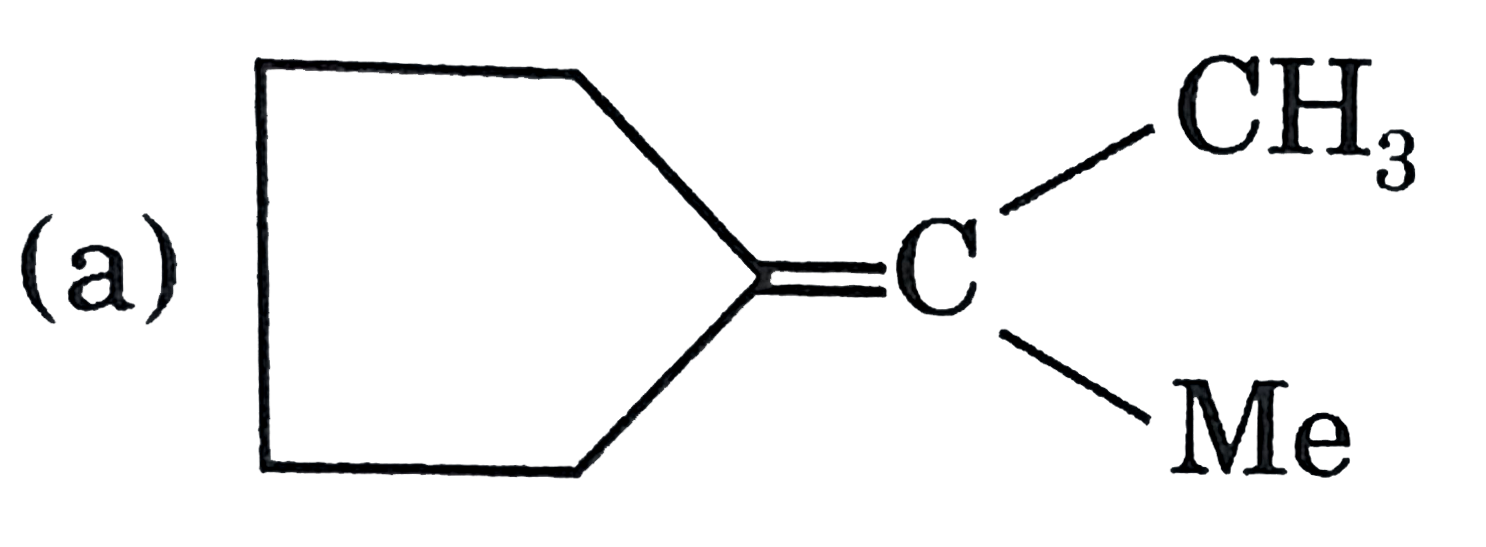 B
B C
C DNone of the above
DNone of the above - Question 2 - Select One
Which of the following compound can show geometrical isomerism ?
A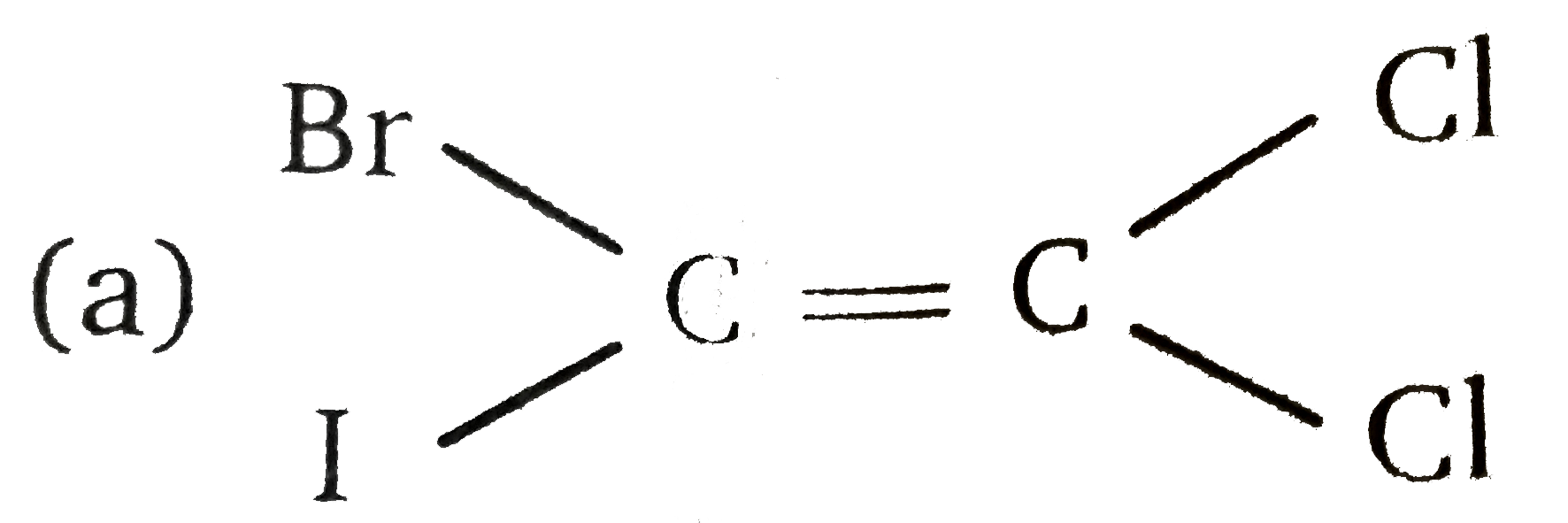 B
B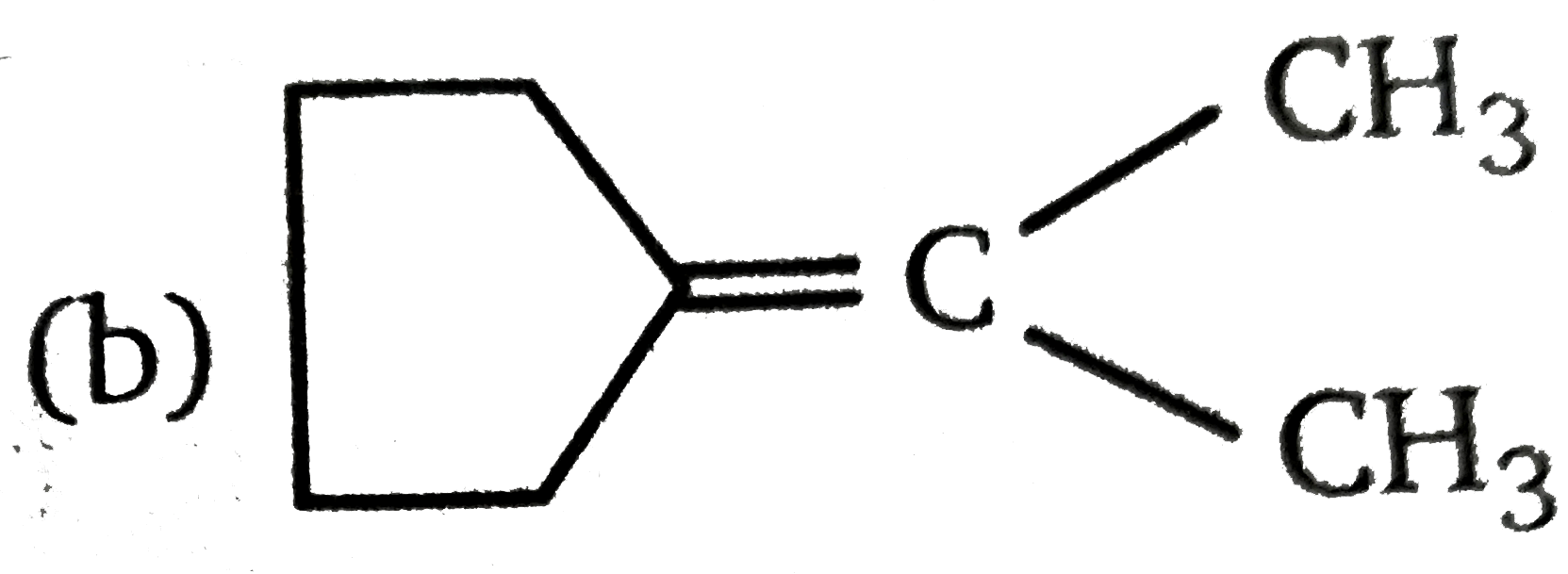 C
C D
D
- Question 3 - Select One or More
Which of the following compounds can show geometrical isomerism.
A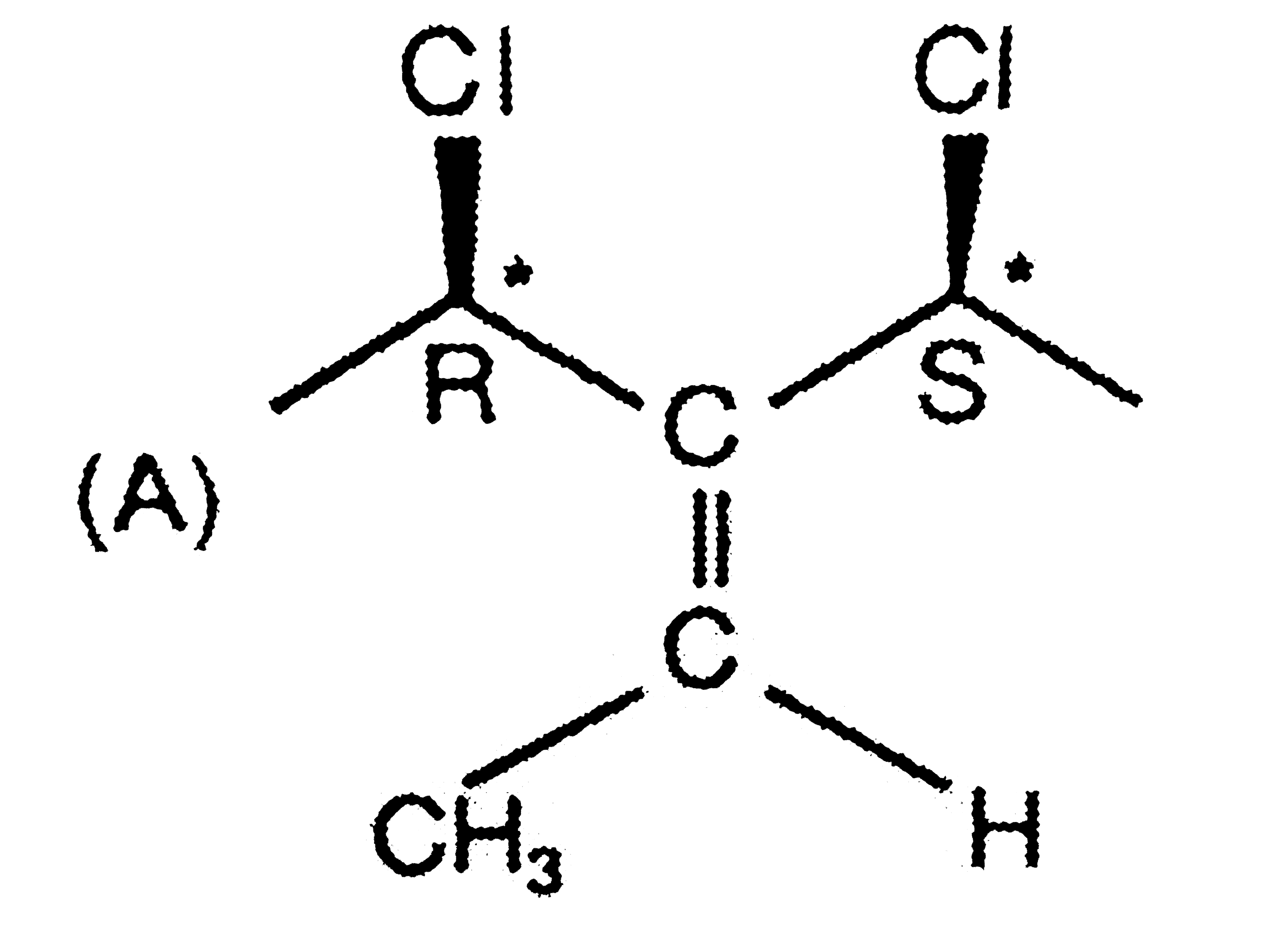 B
B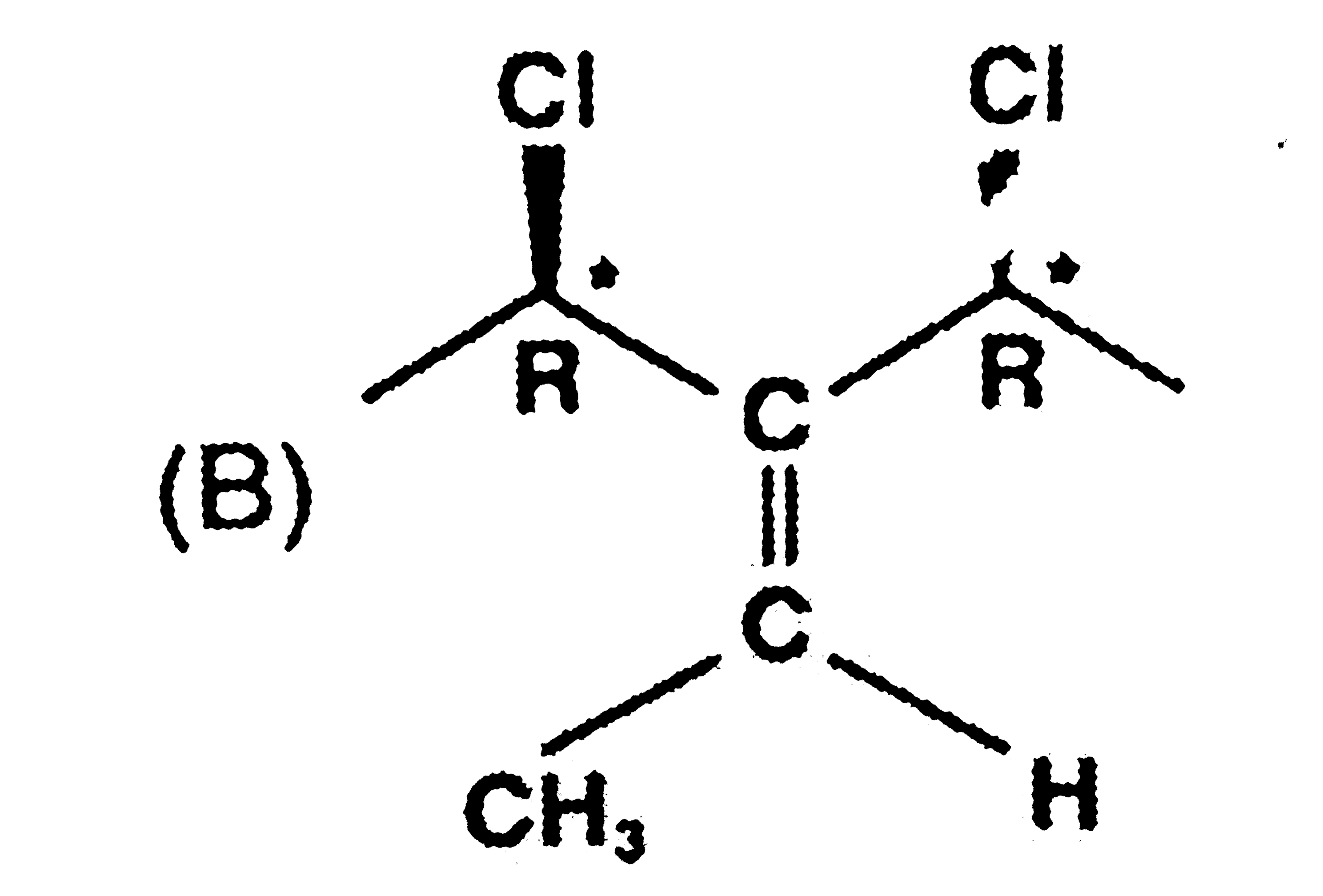 C
C D
D
Which of the following compound is not resonance stablized ?
View SolutionWhich of the following compound is not resonance stabilized ?
View SolutionWhich of the following compounds can show cis-trans isomerism ?
View SolutionWhich one of the following compounds can show Frenkel defect ?
View SolutionWhich of the following compound can not show geometrical isomerism?1
View Solution

